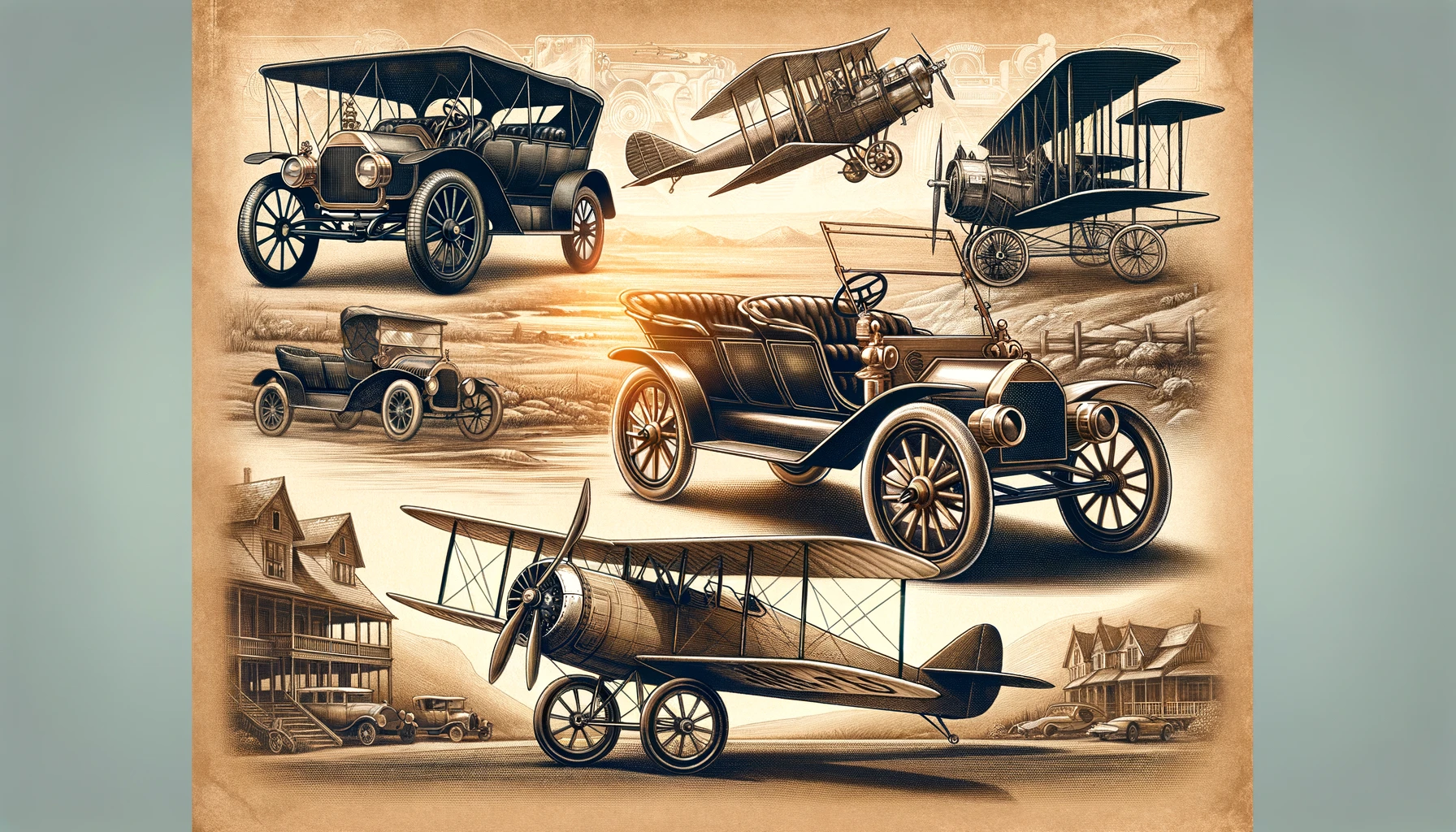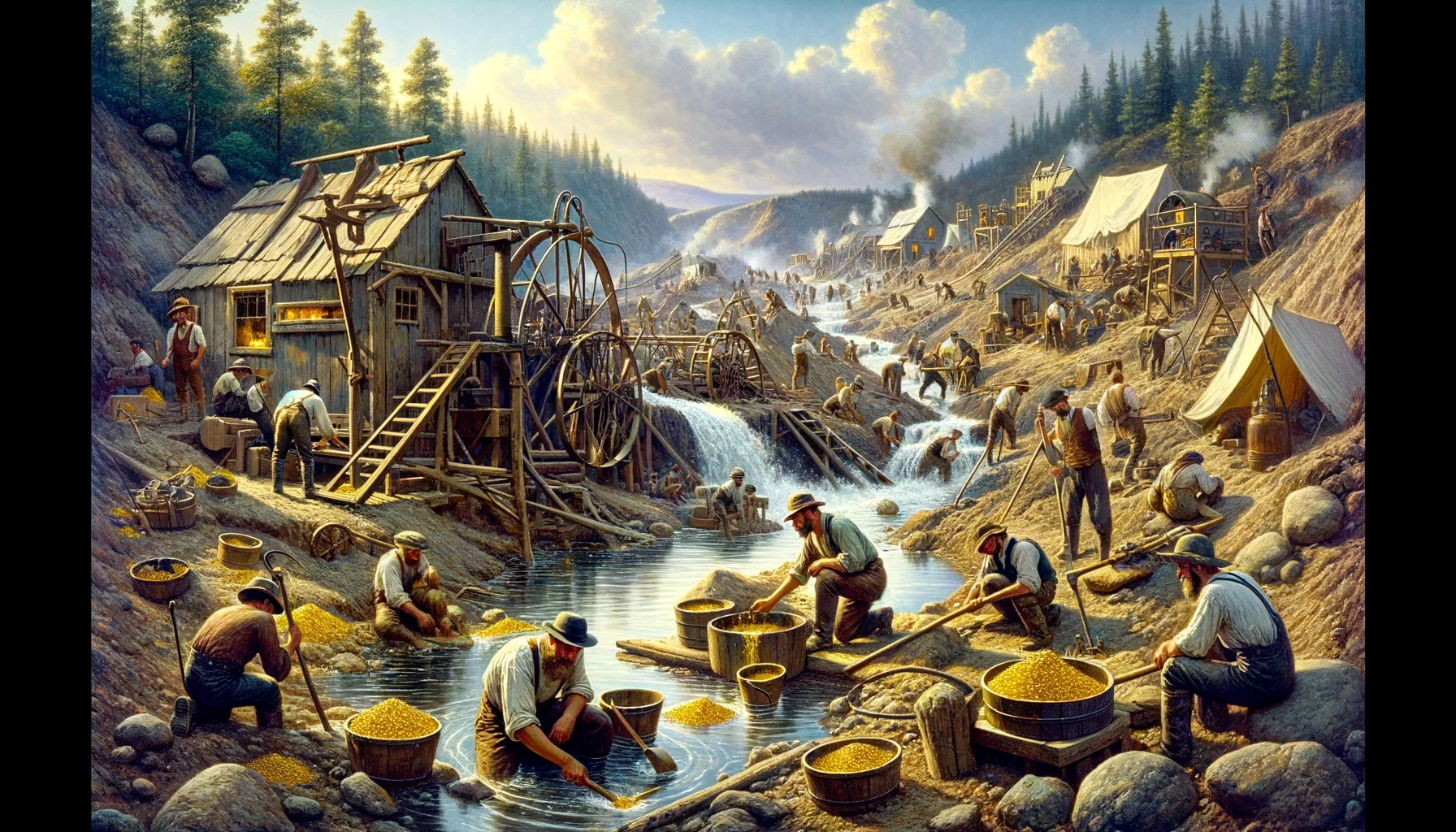Introduction
Exploring the Second Industrial Revolution, which took place from 1850 to 1914. Indeed, there were significant technological and economic changes during this time. Furthermore, it profoundly transformed Western economies and those transitioning to the industrial age. Notably, there was a shift in focus towards the production of capital goods, especially coal and steel. These materials not only fueled a significant increase in railway development but also greatly enhanced export capabilities. However, the progress of this era came to a halt with the onset of World War I. Moreover, the United States and Germany emerged as leaders in global innovation, achieving leadership in engineering, chemistry, and energy.
The Catalysts of Change: A Deeper Dive
As a result, the Second Industrial Revolution brought about a significant change in production emphasis, with a shift towards capital-intensive goods such as coal and steel. Consequently, this shift played a crucial role in driving the era’s infrastructural advancements.

Additionally, railways became a powerful symbol of this remarkable transformation, connecting far-flung territories and driving global trade. Simultaneously, the United States and Germany became leaders in innovation, thanks to their advancements in engineering, chemistry, and energy. These nations thus took the initiative, becoming symbols of advancement and laying the groundwork for worldwide transformation.
Innovations and Their Impact: Transforming the World
In this era, revolutionary innovations emerged that are now integral to our contemporary world. For example, the internal combustion engine, alongside advancements in airplanes and automobiles, radically altered our perception of distance and time.

Similarly, the telephone and telegraph redefined communication by enabling instantaneous long-distance interaction. Moreover, the internal combustion engine utilized new energy sources, sparking a surge in the steel industry and serving as the foundation of industrialization.
Technological Advances and Economic Expansion: Building a New World
Subsequently, the Second Industrial Revolution stemmed from rigorous research and strategic investments, heralding an era of economic growth. In particular, a population boom in Europe, coupled with the railway network’s expansion, established the continent and America as key global economic players. Therefore, the synergy of demographics and technology led to a significant rise in industrial production, marking an era of prosperity and industrial dominance.
Societal Transformations: Shaping Modern Society
The Second Industrial Revolution had a significant and complex impact on society. The ideals of the Enlightenment played a crucial role in fostering the growth of a strong, educated middle class, which fueled economic progress. Unfortunately, the distribution of the revolution’s fruits was far from equal. Children in the lower ranks of society experienced the harshest consequences of industrialization, enduring difficult conditions and formidable obstacles, often overlooked amidst the era’s achievements.
Financial Institutions and International Trade: The Economic Infrastructure
Gold deposits were discovered during that time, leading to a significant increase in monetary circulation and transforming the economic landscape. The establishment of modern financial institutions resulted in banks playing a crucial role in directing funds towards industrial innovation and expansion. The arrival of substantial funds enabled the expansion of industrial production and the development of strategic business plans, establishing the foundation for the complex global financial systems we now acknowledge.
The Legacy of the Second Industrial Revolution: A New Economic Order
The Second Industrial Revolution, which sped up industrial development all over the world, established the framework for the modern global economy. The rise of oil and gold, which was crucial in fostering economic growth, had a significant impact on the economy.

At the same time, advancements in technology set the stage for a capitalist economy that prioritized commerce and highlighted the importance of the banking sector in promoting investment and consolidating wealth.
Conclusion: Reflecting on a Transformative Era
In reflection, contemplating the Second Industrial Revolution offers insights into a pivotal period that profoundly influenced our modern world in various domains: infrastructure, economic systems, and social structures. Indeed, this reflection highlights both the accomplishments and challenges of the revolution, offering valuable perspectives for understanding today’s complexities. Ultimately, the revolution brought significant changes to industries and economies worldwide, pushing human potential’s boundaries and paving the way for ongoing innovation and global society’s continued development.
Sources:



